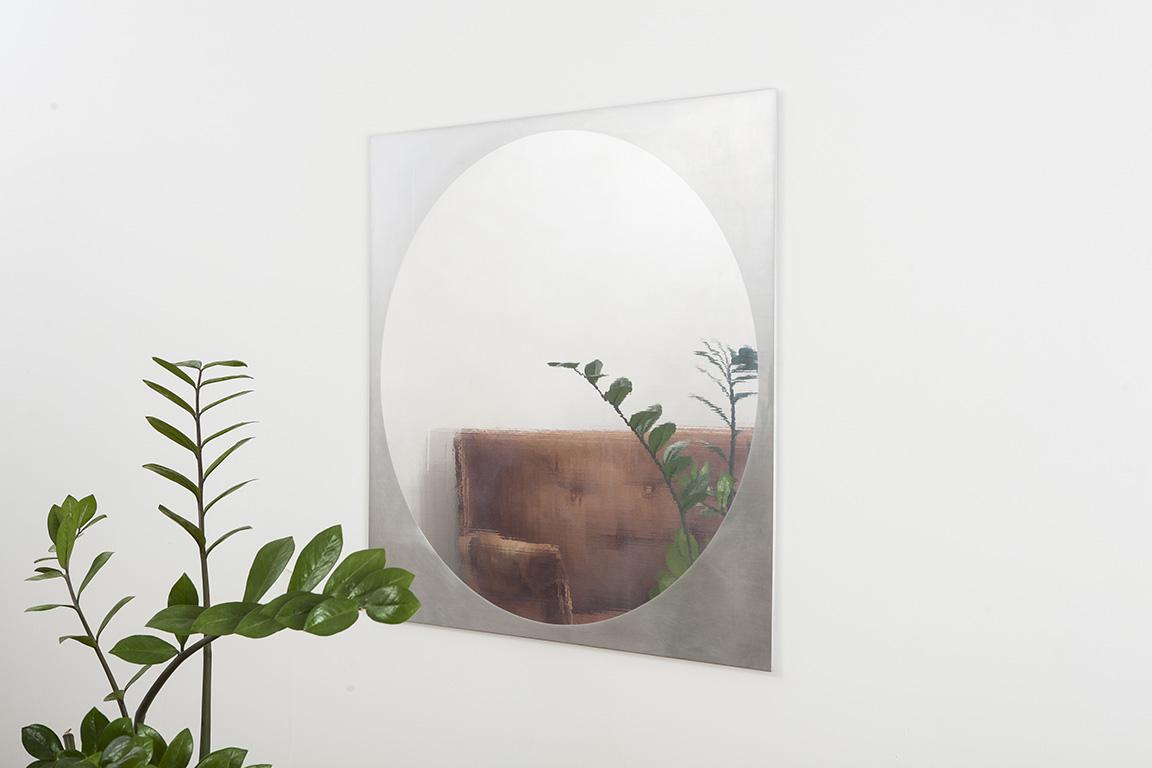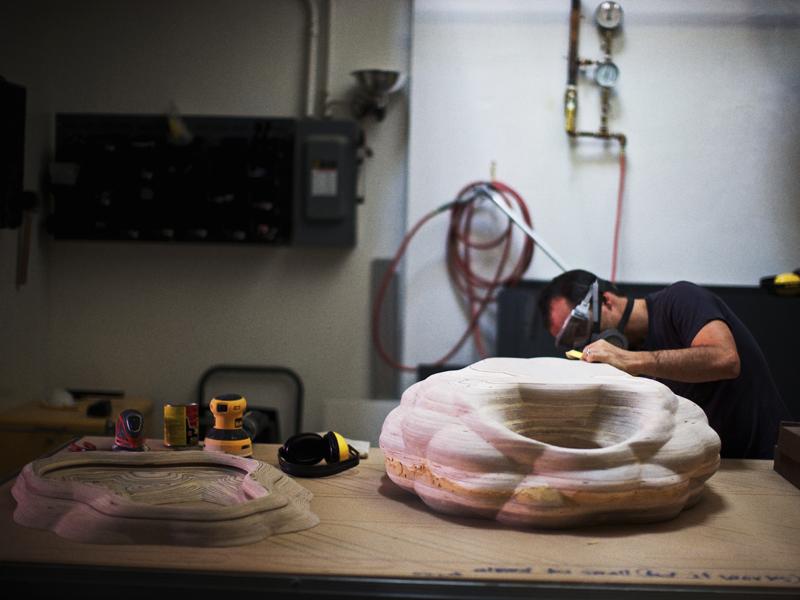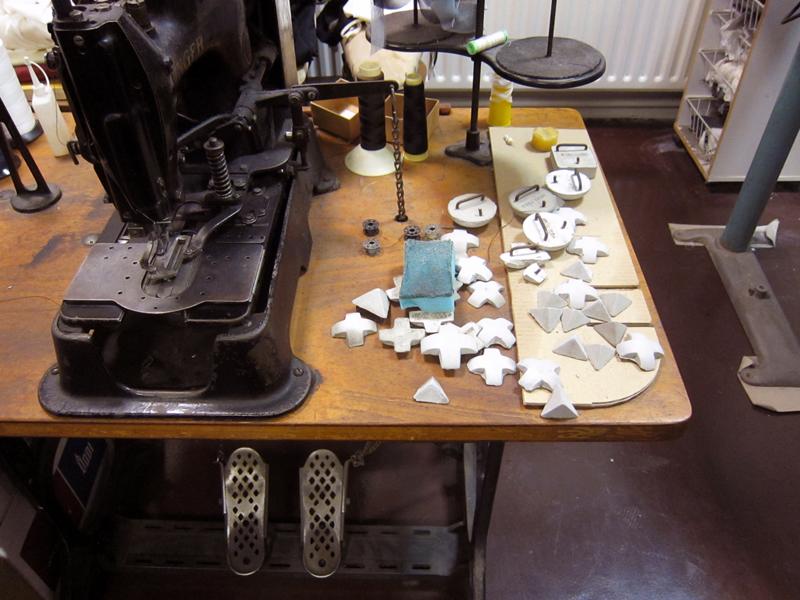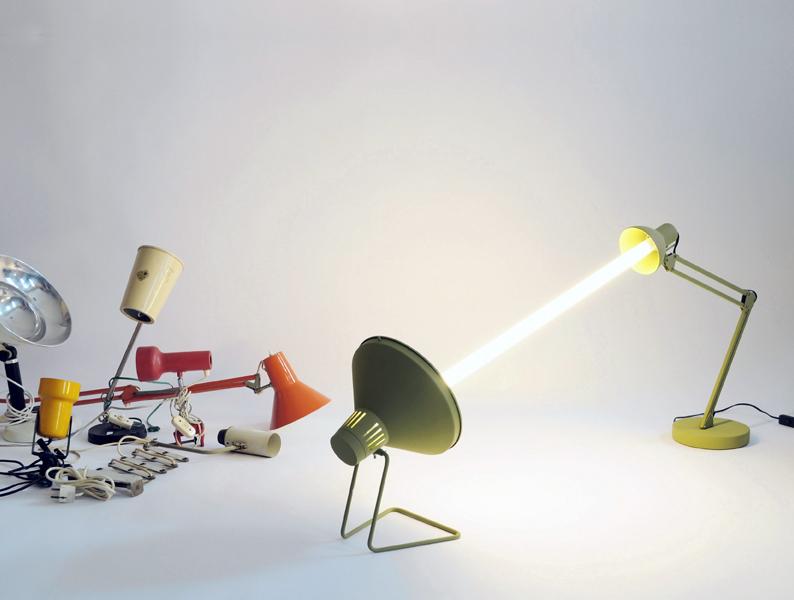
02.05.14
Sighted
Assembly’s 2x Aluminum Mirror
As journalists, it’s basically our job to be professional busybodies, so there’s almost nothing that gives us a bigger thrill than when designers offer us a sneak peek at what they’re working on next. This week, those designers were the unfailingly prolific Pete Oyler and Nora Mattingly of Brooklyn-based Assembly, whose work we’ve featured extensively on the site. Their brand new piece is the 2x Aluminum Mirror, which is crafted from a solid sheet of 1/4-inch aluminum that’s been finished with two different techniques in order to create both reflective and opaque effects on the same surface. Says Oyler, “It’s part of a broader collection of work, to be released at ICFF in NYC this May, that bridges highly skilled hand and machine processes to explore extremes, subtleties, and possible outcomes within common materials.” Of course we decided to snoop around a little more and asked Oyler to tell us a bit more about it.



